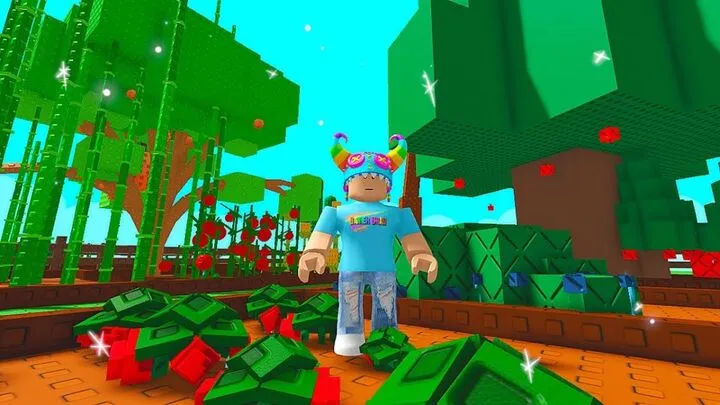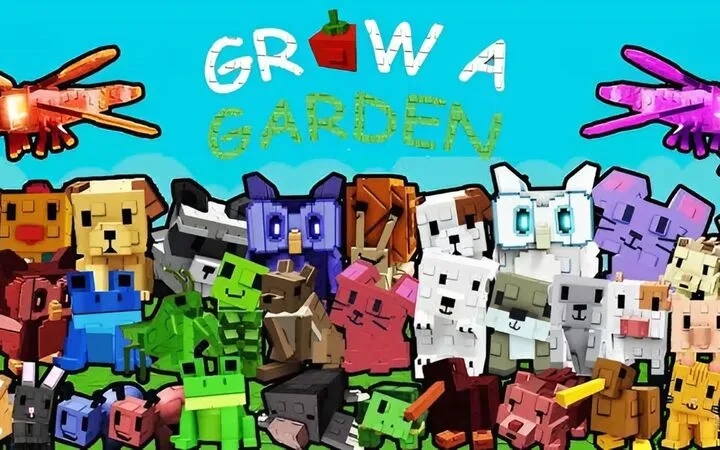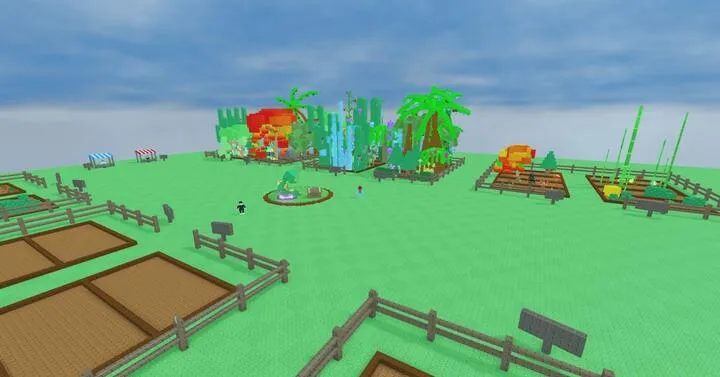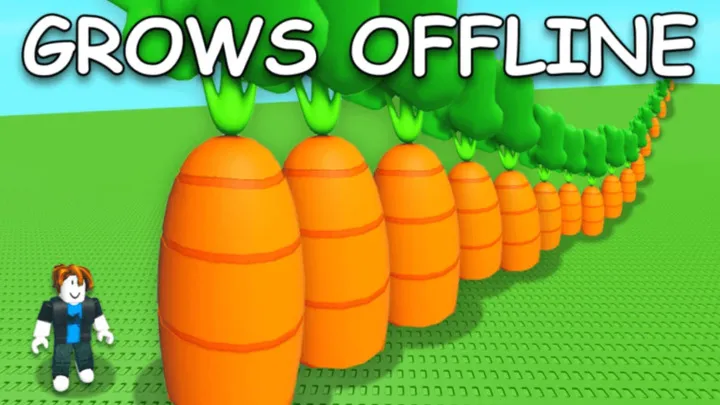Grow a Garden is not just about placing seeds into soil and watching them grow. At its heart lies a carefully crafted plant growth cycle system that simulates real-world agricultural principles. The mechanics are designed to make players think deeply about timing, soil quality, water balance, and plant variety. In this article, we will dive into one specific aspect of the game: the plant growth cycles. We’ll explore how plants transition from seeds to harvest, what factors affect their progress, and how players can master these cycles to maximize yield. By breaking this system into stages, we’ll uncover both the visible and hidden strategies that make Grow a Garden such a rich simulation.

The Foundation of Plant Growth in Grow a Garden
The first thing players must understand is that every plant begins with a seed, but not all seeds are equal. Different species come with varied requirements in terms of soil type, sunlight exposure, and water frequency. Some plants thrive in shaded areas with minimal watering, while others demand constant care.
Equally important is the concept of soil preparation. Without fertilization, composting, or correct soil choice, players will often see slower growth cycles or even crop failure. This foundational stage ensures that players learn to respect the relationship between soil and seed.
Seed Selection and Its Impact
Choosing seeds is more than just deciding what to grow; it determines the future workload and yield potential. The game categorizes seeds into common, rare, and exotic varieties, each requiring different growth times and levels of care.
Common seeds grow faster but produce smaller yields, making them great for beginners. Exotic seeds, however, demand more attention, longer cycles, and precise watering. Their reward lies in higher market value and unique harvests.
The Early Sprouting Stage
After planting, seeds enter the sprouting stage. This period is critical because it sets the pace for overall growth. Sprouting requires consistent hydration, careful temperature management, and protection from pests.
Players often underestimate this stage, leading to stunted or weak plants. Using tools like mulch and protective coverings in the game can significantly improve survival rates during sprouting.
The Vegetative Growth Phase
Once sprouted, plants focus on producing leaves and roots. This is where nutrient absorption becomes central. Players must balance between watering, adding compost, and providing enough sunlight exposure.

Mistakes in this stage often compound later in the cycle. Overwatering can lead to root rot, while nutrient shortages slow down leaf production. Managing balance here lays the groundwork for a healthy harvest.
Flowering and Pollination Dynamics
In Grow a Garden, not all plants self-pollinate. Many require player interaction through tools or bees to trigger pollination. Flowering is visually beautiful but also mechanically demanding.
This stage requires vigilance. If players fail to pollinate within the limited time window, their plants may never reach the fruiting stage. Managing bees, wind exposure, or manual pollination ensures success.
Fruit Development and Monitoring
Once flowers are pollinated, the fruiting phase begins. Players must now manage the delicate balance between nutrient intake and growth speed. Some fruits grow too quickly, making them vulnerable to disease.
Regular monitoring and trimming help maintain plant health. Tools in the game allow pruning excess growth, strengthening fruit-bearing branches, and improving the final harvest quality.
Harvest Timing and Optimization
One of the most rewarding stages is the harvest. However, harvesting too early or too late impacts the quality of produce. Grow a Garden includes a dynamic ripeness mechanic that signals the perfect time.

Optimized harvesting ensures maximum value in the in-game market. Players who learn to wait for peak ripeness while protecting plants from weather risks achieve the highest rewards.
Post-Harvest Management
The cycle doesn’t end after harvesting. Post-harvest tasks include seed collection, soil recovery, and preparing for the next cycle. Leaving soil untreated leads to nutrient depletion, slowing future growth.
Players who practice crop rotation and soil enrichment strategies see better long-term success. Recycling seeds also reduces the need for constant purchasing.
Advanced Growth Cycles and Exotic Plants
At higher levels, players unlock exotic plants with unique growth requirements. These plants may need multiple cycles, rare fertilizers, or extended care.
Mastering exotic growth cycles is both challenging and rewarding. They provide rare harvests and unlock advanced progression systems, but demand precise time management and deeper knowledge of the mechanics.
Strategic Integration of Growth Cycles
Understanding each growth cycle allows players to design efficient gardens. By planting crops with staggered growth times, they ensure continuous yields.

This strategic integration keeps gardens productive without overwhelming players with simultaneous harvests. It is the ultimate expression of mastering Grow a Garden’s plant system.
Conclusion
The growth cycles in Grow a Garden are far more than a background mechanic—they form the heartbeat of the game’s agricultural simulation. From seed selection to post-harvest soil care, every stage teaches players to think critically, plan strategically, and value patience. By deeply understanding these cycles, players unlock both efficiency and creativity, turning their gardens into thriving ecosystems.

















